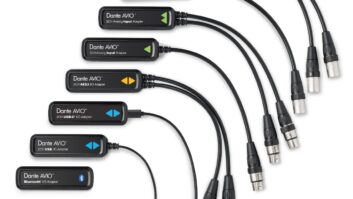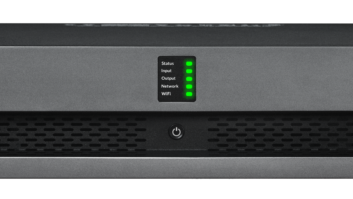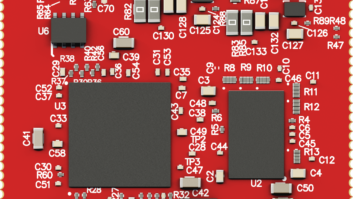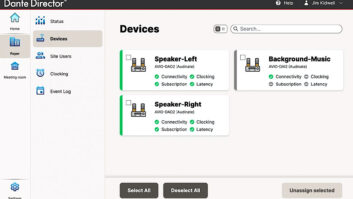
Neil Voce, head of business development at ASL, looks at how to design a voice alarm system with the flexibility and quality of pro-audio.
When EN54 certification became mandatory for fire detection and fire alarm equipment in 2013, the range of audio products available was small and aimed primarily at voice reproduction. In the last five years, EN54 systems have become more acceptable, but they are still limited when addressing the requirements of a flexible venue such as a large hotel, exhibition centre or stadium.
The introduction of hybrid EN54/Dante solutions offers the opportunity in large-scale, multi-application venues to remove boundaries between what have previously been two separate systems – EN54 voice evacuation systems and pro-audio systems – without compromising performance or safety.
Until now, stadiums in particular have struggled to source fully EN54-compliant voice evacuation systems, mainly due to issues around delivering the required 105dB at listener positions in the crowd seating area or ‘bowl’ when using traditional EN54-compliant battery-backed amplifiers.
These amplifiers have been used to drive circuits of multiple 100V line loudspeakers rather than individual large point-source or line-array loudspeakers.
Stadium projects also require flexibility in performance functionality, with different modes of operation for different events, including comprehensive live mixing facilities for staged events.
A hybrid EN54/Dante system provides EN54-compliant solutions to all zones of stadia and large venues
A hybrid EN54/Dante system used in such an environment delivers on all fronts. It provides EN54-compliant solutions to all zones of stadia and large venues, with the flexible programmability and functionality required. This is also the case for large hotel complexes. Often it is a requirement within the architecturally considered front of house areas, such as ballrooms, for loudspeaker installations to be minimised. Here it is more acceptable for one set of speakers to manage the dual roles of sound reinforcement and voice evacuation.
The technology
Adding a Dante Brooklyn chipset to a voice evacuation router with flexible IP networking allows us to approach the Dante element of an environment as a ‘layer’ of functionality above and on top of core EN54 capabilities.
EN54 system technology requires a set of distributed voice alarm routers, such as the ASL VIPEDIA, to be connected via a 1Gb fibre dedicated dual redundant network, running Rapid Spanning Tree Protocol (RSTP), to provide diverse routing in the event of cable failure.
Fire service microphones and connections to the fire detection panel are connected to the routers to trigger evacuation messages or sequences of pre-recorded messages. Non-Dante IP paging microphones for standard paging and remote controls for volume and source selection in zones are also commonly used.
Audio outputs of the voice alarm routers are connected to EN54 amplifiers, for example ASL V2000, which in turn connect to EN54-24 loudspeakers. Available EN54 loudspeakers now cover a broad spectrum of passive point-source devices, from a small 100mm ceiling loudspeaker to a 500W horn-loaded multi-way loudspeaker (such as the Community R2).
EN54 amplifiers use twin power sources, typically mains and 24VDC, and monitor all signal paths and loudspeaker lines in accordance with EN54 and national standards such as BS5839 part 8.
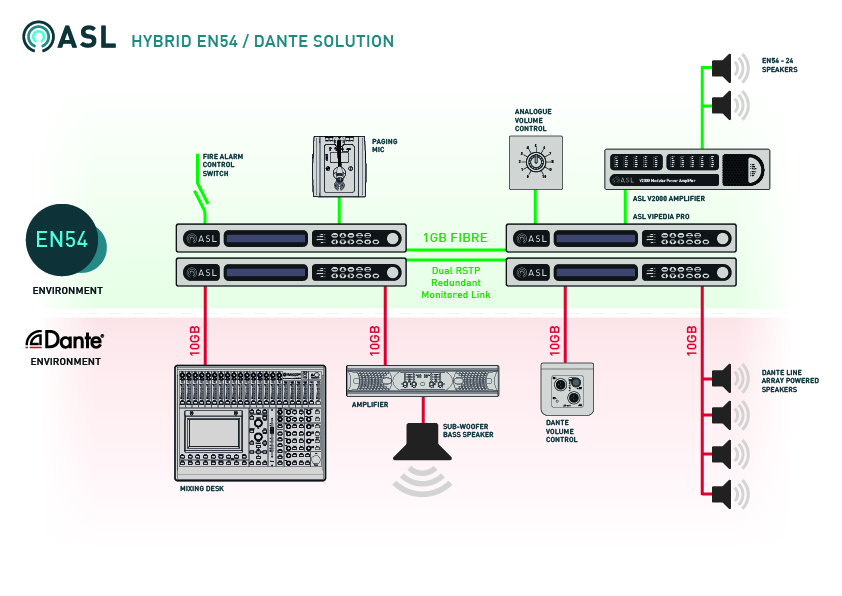
With Dante layers added to EN54 solutions we can connect components normally associated with pro-audio solutions such as ‘live’ mixing desks, separate high power amplifiers for sub-bass loudspeakers (where frequencies do not contribute to intelligibility ratings for EN54 compliancy), active Dante input plates, line array loudspeakers and more. Dante-enabled mixing desks are able to contribute scene setting and presets, and offer the ability to control systems from devices such as smartphones and tablets around in the venue.
In situations where designers may require a larger number of Dante channels than a 1Gb secure VA link between voice alarm routers can provide, a separate 10Gb link between Dante devices can be provided for the multi-channel aspect, with links to hook across only the number of actual channels required for VA transmission at various VA router locations.
To ensure voice evacuation messages are delivered with maximum clarity and intelligibility within the context of overall system performance, base EN54 systems are required to be set up for the venue with room equalisation and delay. Engineers looking for a different equalisation setting from their feeds into the system, for example for a foreground music system with a different EQ curve, simply need to compensate from how the EN54 system is set.
Present limits of EN54
Tests and certifications for Dante transmission or for active loudspeakers are not present in the current version of EN54; the standard is currently being revised. By looking at what can be monitored with these hybrid systems, we can contribute to the revision of the EN54 standards.
It is possible to monitor the Dante clocks within the Brooklyn chipset in the ASL VIPEDIA voice-alarm router to ensure the chipset is running. Data sent over the secure EN54 link route between VA routers can be CRC error checked to validate data packets. This provides security in internal transmission.
When the EN54 system is receiving inputs from external Dante sources, we can request the Dante source is configured to transmit a 20kHz tone continuously. We can monitor the arrival of this tone in the VA router; by checking this periodically in accordance with VA standards we can confirm the link between the Dante source and VA router is intact and the transmitting device is powered up and alive.
When transmitting outputs to Dante, monitoring isn’t often considered but with some product and software development it would undoubtedly be possible to monitor connections.
We can use Simple Network Management Protocol (SNMP) capture from external devices to check for faults in the system. These can be relayed through the EN54 voice alarm reporting system for fault logging. Normal procedures for passing the fault log on detection to the system maintainer can be followed.

